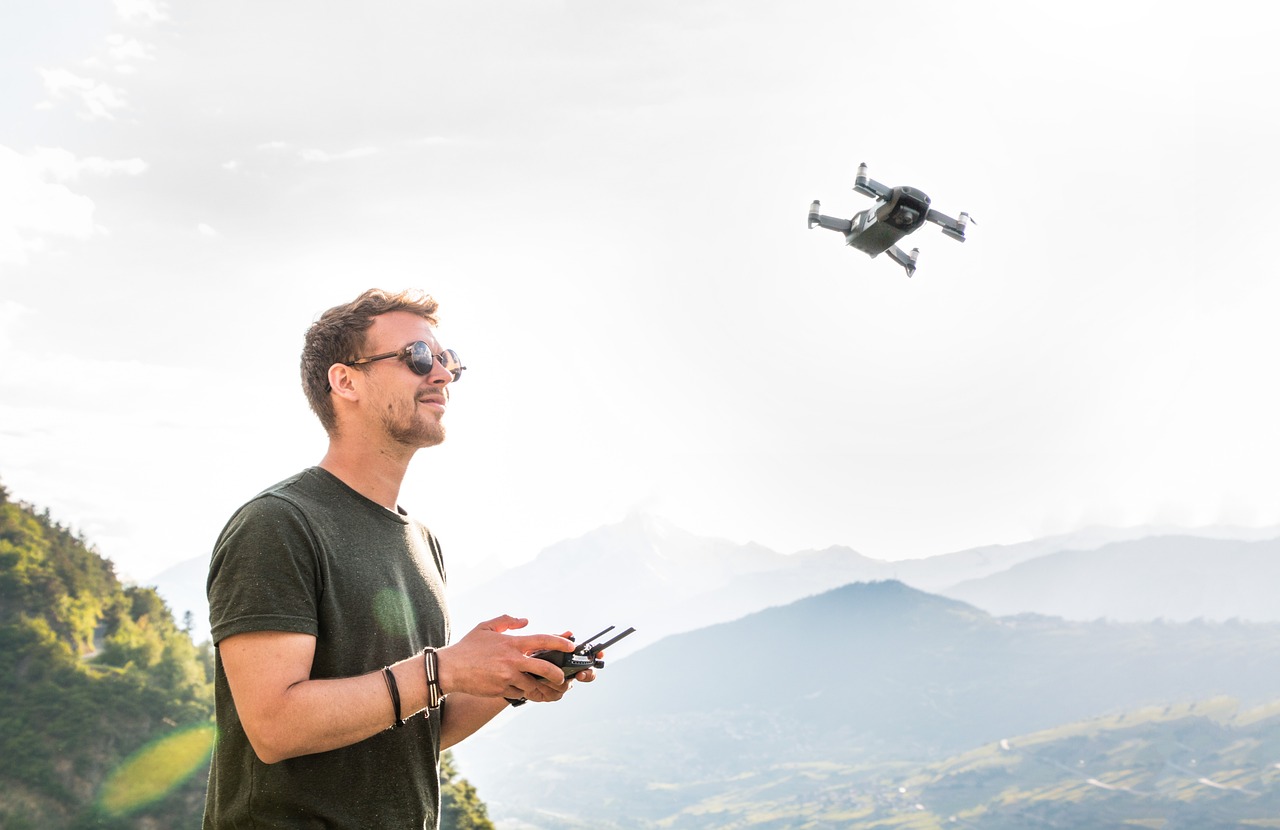
Why Drone Photography Surpasses Traditional Photography
- Cheeko
- 0
- on Jul 25, 2024
In the evolving landscape of photography, drone technology has emerged as a groundbreaking tool that offers perspectives previously unattainable by traditional methods. Drone photography‘s appeal lies in its distinct capacity to capture stunning aerial views, dynamic movements, and expansive landscapes—all from heights that would be impractical or dangerous for a human photographer. This article explores why drone photography stands out as a superior option for various applications.
Unconventional Angles and Perspectives
Drone photography is celebrated for its ability to provide aerial views that highlight landscapes and architecture from a rarely seen vantage point. Unlike ground-based photography, drones can soar above cityscapes, coastlines, and vast natural terrains, delivering a comprehensive overview that adds depth and context to any scene. This bird’s-eye view is not just visually arresting but also highly effective for storytelling, offering a narrative that traditional photography often cannot convey.
For instance, real estate agents now use drones to give potential buyers a complete view of properties, showcasing not only the buildings themselves but also the surrounding areas. This holistic perspective can be a decisive factor for buyers, providing them with information about the neighbourhood, proximity to amenities, and overall layout that traditional photographs simply cannot offer.
Real-World Applications
The versatility of drone photography extends to various scenarios where traditional methods fall short. In real estate, drones can capture the entirety of a property and its surroundings, presenting potential buyers with a comprehensive view that was once only possible through expensive helicopter charters. Events such as weddings and festivals benefit from aerial shots that capture the scale and atmosphere in a single frame, creating memorable images that ground-level photographers would struggle to achieve.
Environmental monitoring is another field where drones excel. Researchers utilise drones to monitor wildlife, vegetation, and environmental changes in remote or difficult-to-access areas, gathering data without disturbing the natural habitat. Similarly, infrastructure inspections of bridges, power lines, and other critical structures are conducted more safely and efficiently using drones, reducing the risk to human inspectors.
Tourism and cinematography have also embraced drone technology. Aerial shots of tourist destinations provide captivating visuals that attract visitors, while filmmakers use drones to capture cinematic scenes and establishing shots, adding a professional touch to their productions.
Technical Superiorities
From a technical standpoint, drone photography offers several advantages that traditional photography cannot match. Modern drones are equipped with advanced camera technology, capturing high-quality images and videos that rival those taken with professional-grade cameras. The ability to hover at specific heights and angles allows photographers to capture shots that would be impossible or unsafe to achieve otherwise.
Many drones come with stabilising technology that ensures smooth, professional-looking footage, even in less-than-ideal conditions. This is particularly useful for capturing video, where stability is crucial for producing watchable content. Additionally, the remote control and first-person view (FPV) capabilities of drones allow photographers to frame and adjust shots with precision, offering creative control that is unparalleled in traditional methods.
GPS and automated flight modes further enhance the capabilities of drones. These features enable consistent framing and angle for repetitive shots, which is invaluable for tasks like mapping and surveying. The automation reduces the need for extensive manual piloting skills, making high-quality aerial photography accessible to a broader range of users.
Conclusion
In summary, drone photography offers a multitude of advantages over traditional methods, from the ability to capture unique perspectives and dynamic movements to providing technical benefits that enhance image quality and accessibility. Its application across various fields—from real estate and events to environmental monitoring and film production—demonstrates its versatility and effectiveness. For those looking to elevate their visual storytelling and capture scenes that were once out of reach, drone photography provides an invaluable tool.